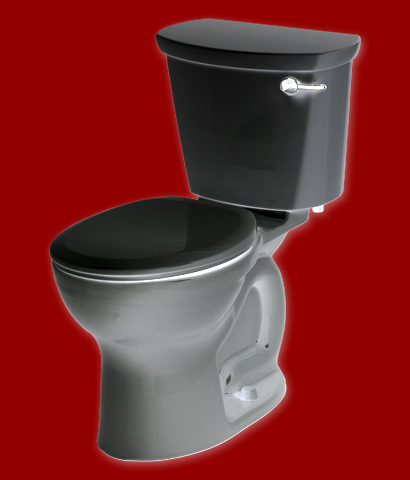Bug study looks at hospital loo
 A new study finds hospital toilets are hoarding harmful bugs, and men's are worse than women's.
A new study finds hospital toilets are hoarding harmful bugs, and men's are worse than women's.
International research has unveiled concerning levels of harmful bacteria and fungi, including multi-drug resistant ‘superbugs’, in hospital toilets across the UK.
The findings presented at the European Society of Clinical Microbiology and Infectious Diseases (ESCMID) Global Congress, indicate that men's bathrooms harbour more of these pathogens compared to women's, with patient toilets identified as the most affected areas.
The study, led by consultant microbiologist at Britain’s NHS Professor Stephanie Dancer, involved the collection of 480 samples from ten different surfaces across six types of toilets (male and female staff, male and female patient, disabled, and unisex) in three general hospitals.
The sampled surfaces included high-touch areas like toilet flushes, handrails, taps, and door handles, as well as floors and high sites like door tops and air vents.
The highest levels of microbial burden were found in unisex and disabled toilets.
“For example, hand hygiene surveys show that women are more likely to clean their hands after bathroom use than men, so we decided to investigate which microbes were present on different surfaces in toilets and how many of them there were,” Professor Dancer says.
The data revealed that female staff toilets were particularly clean compared to other types, while male staff toilets displayed significantly higher microbial presence.
“Our results appear to confirm what is generally thought in society: women clean because their perception of dirt and disgust entices action whereas men either do not notice a dirty environment or do not care. It follows that women are more likely to leave a bathroom ‘clean’, while men assume someone will clean up after them,” said Professor Dancer.
Additionally, the research highlighted the importance of regular and thorough cleaning, as all toilets received the same type of cleaning regimen.
“Given our findings, we think that patient toilets should be cleaned more often,” Dancer recommended.
Professor Dancer's study also suggests that closing the toilet lid before flushing could significantly reduce the spread of aerosolised pathogens.
The study also recommends improving air circulation in bathroom settings to help control the spread of airborne pathogens.
As similar conditions might be present in other hospitals, the research calls for wider studies to verify these results and potentially lead to revised cleaning protocols.







 Print
Print



